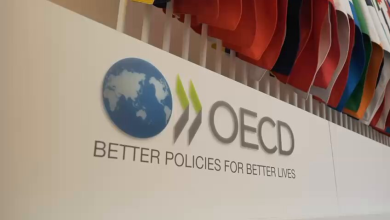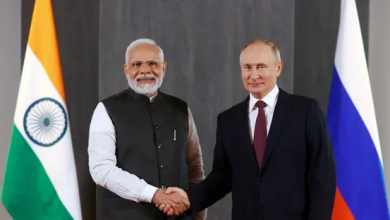OPEC+ Sticks to Oil Output Hike Strategy for July Amid Price Decline and Market Tensions
The Organization of the Petroleum Exporting Countries and its allies, known as OPEC+, have resolved to increase oil production by 411,000 barrels per day (bpd) in July, maintaining the same level of hike as agreed for May and June. The decision was finalized during a virtual meeting on Saturday, marking a continuation of a bold new approach that diverges sharply from the group’s historical role in stabilizing global oil prices through output restraints.
This move comes as eight members of the coalition begin reversing a combined 2.2 million bpd in voluntary cuts that were previously introduced in a bid to support oil prices. The collective output increase is part of a broader shift toward reclaiming market share, enforcing production discipline within the group, and potentially responding to geopolitical and economic pressures, according to industry insiders and media reports.
Saudi Arabia, a leading voice within the alliance, spearheaded the agreement during the weekend’s meeting. The production boost for July mirrors the adjustments already slated for May and June, which had already caused notable shifts in oil market dynamics. By choosing to proceed with additional supply into the global market, OPEC+ has caused a considerable decline in crude prices, pulling them down to levels not seen in nearly four years.
Crude prices, which tumbled in April below $60 per barrel, have struggled to regain strong upward momentum. On Friday, Brent crude settled just under $63 per barrel, well below the threshold many oil-exporting countries, especially in the Middle East, require to sustain national budgets. The International Monetary Fund (IMF) has estimated that Saudi Arabia alone needs oil prices to remain above $90 per barrel to meet the ambitious fiscal and infrastructural goals under Crown Prince Mohammed bin Salman’s Vision 2030 development agenda. Flagship initiatives such as Neom, the kingdom’s futuristic megacity, are reportedly facing delays and funding cuts due to the tightening fiscal environment.
Russia, another heavyweight in the alliance, reportedly advised a pause in further output hikes during internal discussions, as reported by Bloomberg. However, this suggestion was ultimately not adopted. The internal dynamics of the group remain complex, especially given differing national economic needs and compliance records.
Several observers believe Saudi Arabia’s persistence in pushing forward with supply increases could be driven by multiple motives. On one hand, it may be an attempt to gain back market share lost to competitors, particularly U.S. shale oil producers. On another, it might be a form of pressure on nations like Iraq and Kazakhstan, which have been criticized for exceeding their production quotas in previous months. By maintaining output hikes, Riyadh could be signaling to these members that adherence to quotas is non-negotiable.
The July increase had also sparked speculation after Kazakhstan publicly announced earlier in the week that it would not participate in further production cuts. Some analysts anticipated that this stance might lead OPEC+ to raise the July increase beyond the agreed 411,000 bpd, but the group ultimately stuck to its initial plan.
This strategic pivot by OPEC+ has introduced considerable uncertainty in global oil markets. Once known for its capacity to influence prices through collective restraint, the group is now sending mixed signals to the market, particularly amid ongoing economic challenges, including the aftermath of COVID-19 and the lingering effects of international trade disputes.
While consumers and policy makers facing inflationary pressures may welcome lower fuel costs, oil-producing countries find themselves in a difficult position. Weaker prices reduce national revenue, challenge budgetary commitments, and increase borrowing needs. The IMF and other financial institutions have warned of growing fiscal strains in several OPEC+ member states.
Market analysts have responded to recent developments by revising their oil price forecasts downward. A recent Reuters survey of 40 economists and analysts indicates that Brent crude is now expected to average $66.98 per barrel in 2025, a significant drop from the $68.98 forecast issued in April. Similarly, U.S. West Texas Intermediate (WTI) is now projected to average $63.35 per barrel next year, compared to a previous estimate of $65.08. Year-to-date averages for Brent and WTI stand at approximately $71.08 and $67.56 respectively, based on data from LSEG.
In terms of global consumption, the same Reuters poll suggests oil demand is expected to grow by an average of 775,000 bpd in 2025. This slightly exceeds the International Energy Agency’s recent projection of 740,000 bpd for the same period. However, many analysts remain cautious, citing factors such as global trade uncertainty, monetary policy tightening, and a possible economic slowdown as significant risks that could dampen fuel demand.
Overall, OPEC+ is walking a tightrope. Its desire to assert dominance in global energy markets must be carefully balanced against the risk of oversupply, declining revenues, and internal division. As the world’s energy landscape continues to evolve, the group’s strategy in the months ahead will remain a crucial variable in determining the direction of oil prices and global economic stability.



